Educating Sommeliers Worldwide.
By Beverage Trade Network
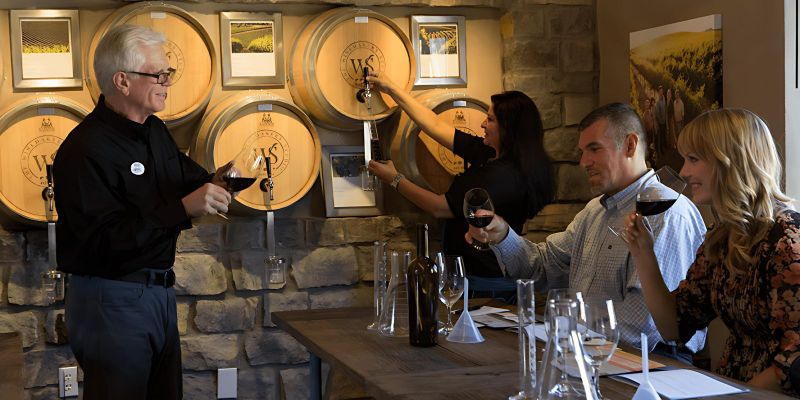
Bulk wine production is a complex art involving the harmonious blending of various grape varieties to create a final product more significant than the sum of its parts. The art of blending in winemaking has been practiced for centuries; it has roots deeply embedded in the history of winemaking, evolving with time and technological advancements. Ancient civilizations, such as the Greeks and Romans, understood the benefits of blending different grape varieties to enhance flavors and balance the characteristics of each. Over time, this practice has evolved into a sophisticated art form, with modern winemakers utilizing both traditional and cutting-edge techniques. This article will explore the methods and innovations in bulk wine production, shedding light on how winemakers leverage their expertise to craft exceptional blends that captivate the palate.
Blending is not a random process; it involves deeply understanding each grape variety's chemistry and sensory aspects. Winemakers delve into the complex details of grape varieties, meticulously analyzing factors such as acidity, tannins, sugar levels, and aromatic compounds in each wine lot. This scientific approach ensures the final product achieves a well-rounded and balanced profile.
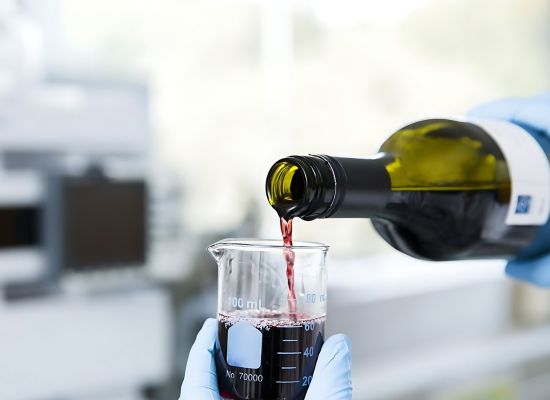
Source: Chemistry World
Considering the classic Bordeaux blend, the beautiful combination of Cabernet Sauvignon, Merlot, Cabernet Franc, Petit Verdot, and Malbec. Each grape contributes unique characteristics – Cabernet Sauvignon provides structure and tannins, Merlot adds softness and fruitiness, Cabernet Franc imparts aromatic complexity, Petit Verdot contributes color and intensity, and Malbec brings depth. By skillfully blending these varieties, winemakers create a wine with depth, complexity, and a harmonious balance of flavors. The science of blending wines transforms winemaking from an artful tradition into a precision-driven craft that produces nuanced complexity and sensory delight.
Blending wine in bulk production combines traditional winemaking techniques and modern technologies to achieve desired flavor profiles, consistency, and efficiency. Incorporating these techniques into the blending process enhances the precision and efficiency of bulk wine production, allowing winemakers to explore innovative combinations and achieve consistent, high-quality blends. Here are some key technologies commonly used in the blending of wine in bulk production:
Automated blending systems utilize software and sensors to measure and control the proportions of different wine components precisely. These systems can be programmed to follow specific blending recipes, ensuring consistency in large-scale production.
Spectrophotometers and chromatography instruments are used to analyze the chemical composition of wines. Winemakers can assess factors like color intensity, phenolic content, and volatile compounds, guiding them in selecting and proportioning wines for blending.
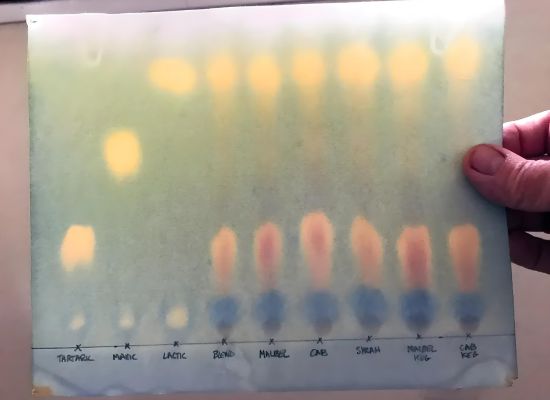
Chromatography test of commercial wines
Source: Tiny Vineyards
Wineries employ laboratory analysis tools and data management software to monitor and analyze various parameters such as acidity, pH, sugar levels, and volatile compounds. This data-driven approach helps winemakers make informed decisions during the blending process.
Microvinification involves fermenting small batches of grapes separately before blending. This technique allows winemakers to experiment with different combinations and proportions, assessing the impact of each component on the final blend.
Tanks and barrels equipped with monitoring systems allow winemakers to track the development of individual wine lots. Temperature, fermentation progress, and other critical parameters can be remotely monitored and adjusted to achieve the desired characteristics.
Technologies such as Geographic Information Systems (GIS) and remote sensing are employed in precision viticulture. This allows vineyards to be divided into specific blocks based on terroir, helping winemakers source grapes with desired characteristics for blending.
Advanced yeast and bacterial cultures influence fermentation and enhance specific aromas and flavors. Winemakers can select strains that contribute positively to the blend, resulting in a more controlled and predictable outcome.
These technologies can be used for dealcoholization or aroma adjustment. Reverse osmosis allows for the removal or addition of specific components while spinning cone technology aids in extracting or reducing volatile compounds.
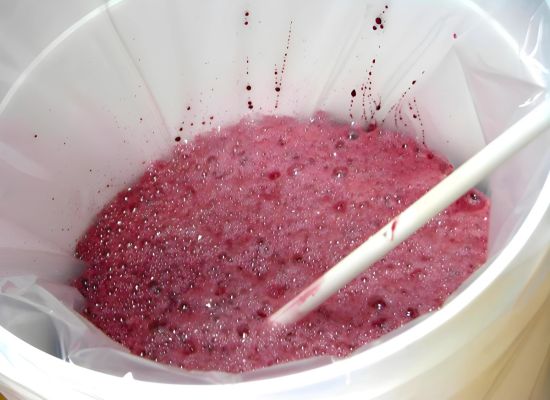
Source: Home Brewing
Electronic nose and tongue devices mimic the human senses of smell and taste. These tools can rapidly analyze wine samples, providing winemakers with data on aroma and flavor profiles and assisting in precise blending decisions.
Advanced filtration methods, such as cross-flow and sterile filtration, help remove unwanted particles and stabilize the wine. This ensures the consistency and microbiological stability of the final blend.
Robotics are increasingly used in wineries for tasks like barrel handling and movement. This improves efficiency in large-scale production, allowing winemakers to focus more on winemaking's blending and quality aspects.
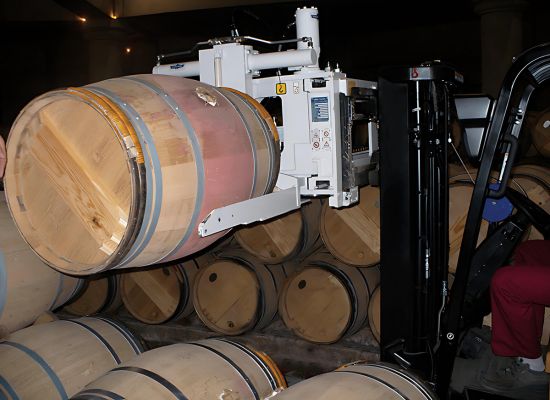
Source: Cascade
AI and machine learning algorithms can analyze vast amounts of data to predict optimal blending combinations based on historical and current winemaking information. These technologies help refine the blending process for greater precision and efficiency.
[[relatedPurchasesItems-61]]
Ultimately, the world of bulk wine production is a canvas where the bold strokes of innovation complement the brushstrokes of tradition. The art of blending in bulk wine production represents a harmonious marriage of tradition, innovation, and scientific precision. As winemakers navigate the complex landscape of grape varieties, fermentation techniques, and technological advancements, they craft symphonies of flavor that captivate the discerning palate. The resulting masterpieces in glass reflect not only the skill of the winemaker but also the seamless fusion of artistry and technology, producing wines that are not just beverages but expressions of a rich and ever-evolving heritage.
Header Image Source: Visit Tri Valley
Article By Tushar Anand, Beverage Writer & Sommelier